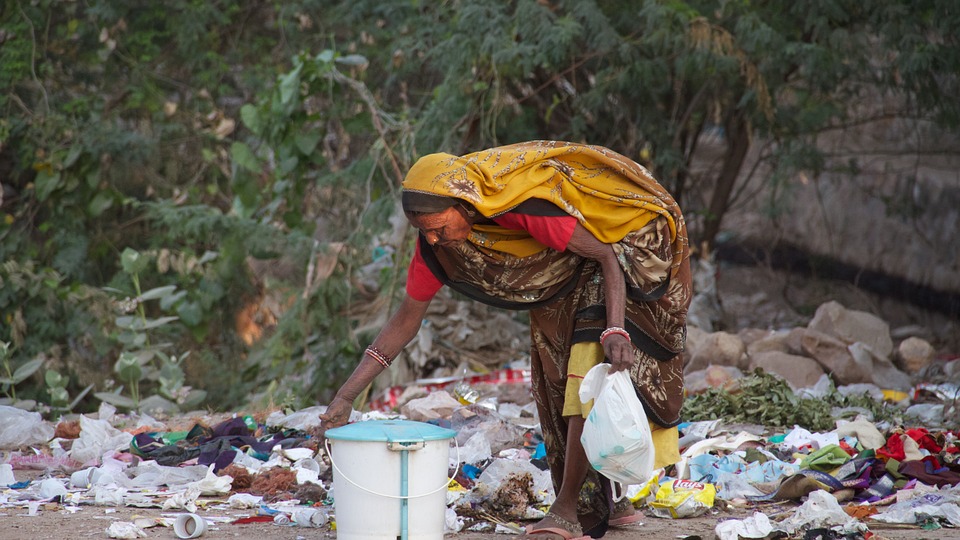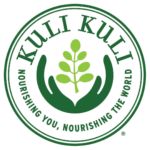It supplies our oxygen and regulates our climate. We use it to source food and for transportation. We swim, surf, snorkel, and sail it. Yet every year, thousands of pounds of plastic and other trash are making a home out of the very body of water we rely on – the ocean. In recognition of our oceans and the importance of protecting it for the future, June 8th has been commemorated as World Oceans Day. This year’s theme for World Oceans Day is “Healthy Oceans, Healthy Planet” with a special emphasis on reducing plastic usage. Plastic makes up the majority of trash found in our oceans and is a serious issue because it doesn’t biodegrade. Instead, plastic goes through a process known as photodegradation, breaking up into tinier and tinier pieces in the sun.
Plastic is harmful to marine life in several ways. Since microplastics can sink up to several meters below the surface, they block out the sun from reaching plankton and algae. Both of which are important sources of food for other marine life. Additionally, plastic bags are mistaken for jellyfish by marine animals, like sea turtles, that die from ingesting them. Also, seals and dolphins get caught in abandoned fishing nets that make up 705,000 tons of the debris that is dumped in the ocean by cargo ships and boaters.
 Plastic bags, water bottles, bottle caps, and Styrofoam cups are some examples of the 1.9 million bits per square mile of debris that is found in the densest polluted area of the Pacific Ocean – the Great Pacific Garbage Patch. The Patch is made up of two areas – one located near Japan, the Western Garbage Patch, and the other between California and Hawaii, the Eastern Garbage Patch. First sighted by Captain Charles Moore in 1997, both areas of trash are connected by the North Pacific Subtropical Convergence Zone.
Plastic bags, water bottles, bottle caps, and Styrofoam cups are some examples of the 1.9 million bits per square mile of debris that is found in the densest polluted area of the Pacific Ocean – the Great Pacific Garbage Patch. The Patch is made up of two areas – one located near Japan, the Western Garbage Patch, and the other between California and Hawaii, the Eastern Garbage Patch. First sighted by Captain Charles Moore in 1997, both areas of trash are connected by the North Pacific Subtropical Convergence Zone.
Due to the circular motion of several different ocean currents, debris collects in the stable center and become trapped. For example, a water bottle discarded off the coast of California can take up to six years to reach the Garbage Patch, traveling all the way down to Mexico before crossing the Pacific. Check out this video to learn more about ocean garbage patches.
What you can do for World Oceans Day
Since it is estimated that about 80 percent of the debris in the Garbage Patch comes from land-based activities in North America and Asia, preventing trash from entering the ocean is key to helping to reduce ocean pollution in the future.
Here are ten ideas for different things you can do to help our planet and the ocean in regards to World Oceans Day:
- Reduce your usage of plastic bags and other goods made of non-renewable resources.
- Find new uses for items that are not recyclable, like storing spices in glass bottles or using them to prolong the life of your fresh herbs.
- Recycle all materials that can be recycled and properly dispose of anything that can’t be.
- Support local companies who use recyclable glass bottles. Or even better, companies that re-use their bottles and eliminate the need for the production of new bottles. This not only reduces waste and carbon emissions but also saves energy, so you’re doubling your reduction!
- Buy (or make) re-useable bags for produce at the grocery store. Some bags even come with tags that tell you the tare weight so you won’t get charged for your bag at the grocery store!
- Always keep at least one spare re-useable bag in your car, at the office, or in your purse or backpack. There are easy to store compact bags from ChicoBags and other companies that make it simple to carry a large shopping bag with you at all times.
- This does not apply to just groceries – you don’t need more retail bags at home either and there are alternatives for almost anything you need plastic for, like re-useable sandwich bags.
- If you do end up with some plastic or paper bags, make sure to reuse them for compost, trash, book covers, or gifting.
- Stop buying water in plastic bottles. Carry around a re-useable bottle and use it! Many versions now can be used with both hot and cold liquids (and keep them at temp for hours, so you can have hot coffee in the morning and cold water for the gym).
- Organize a beach cleanup day in your neighborhood or get some friends together to help clean up a local park, river, lake, or beach (because all water sources eventually end up in the ocean). Conservationists have said that this is the best way to help out the ocean because prevention is just as important and can be organized in a grassroots way. You can also list the event on the website of World Oceans Day so that others can get involved too.
There are several companies and startups that have begun to address the issue of cleaning up the plastic in our oceans. For more information, check out The Ocean Cleanup.
Barbara Lee is a blogger and avid lover of traveling, eating local, and the environment. With a BS in Psychology and previous work experiences ranging from non-profit legal work to managing a restaurant in San Francisco, Barbara enjoys pursuing new experiences and living life while using the most natural and organic means possible. Some of her most memorable life moments include watching little blue penguins return to their nests in Melbourne and snorkeling a rift of melted glacier water between tectonic plates in Iceland. For more posts by Barbara, click here.










